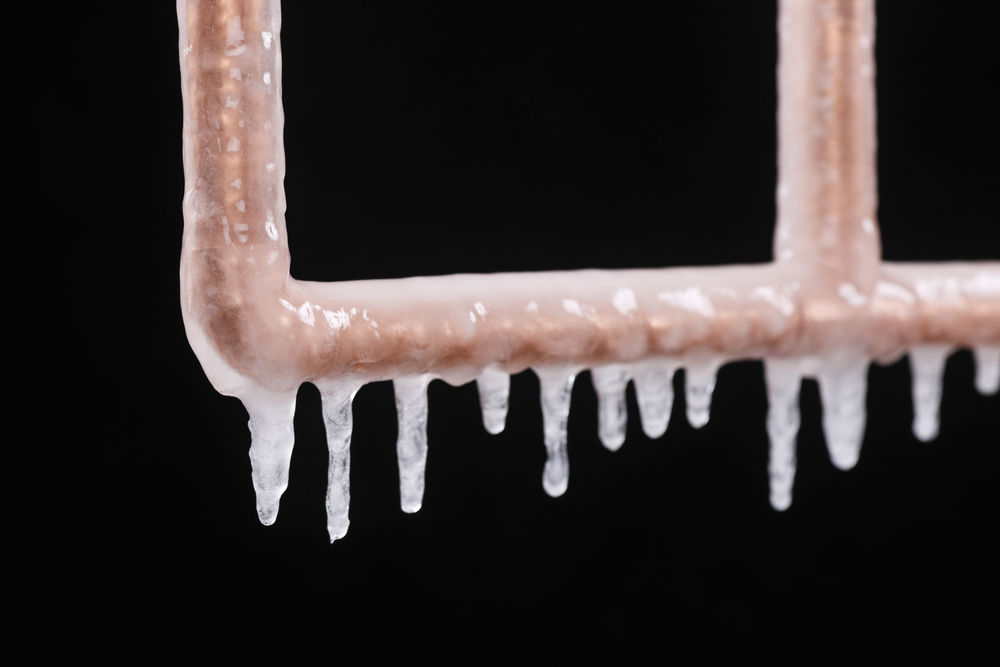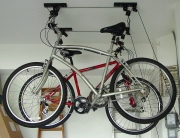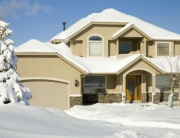November 12, 2014
What To Do For Frozen Pipes Winter is approaching (and in some parts of the country, it’s here!) If you find yourself with frozen pipes, what should you do?
If you find that your pipes have frozen overnight (generally indicated by lack of water flow at a faucet or faucets), you can take steps to carefully thaw them out so that the water will start flowing again. Your pipes may have frozen, but that doesn’t necessarily mean that they have burst. Here is what to do:
First, leave the water turned on at the affected faucet or faucets.
Next, try applying heat from one of the following sources:
- Space Heater. A space heater is an ideal option because it will warm the air in the space, as well as warming the pipes themselves. Set the space heater on an elevated surface, in case water falls to the floor from an undetected crack in the pipes when they start to thaw. It is also imperative to never leave a space heater unattended.
- Hand-held hair dryer or heat gun (set on low setting), which you should wave in front of the frozen pipes. Be sure that there is no water on the floor that you are standing on.
In the event that your pipes have already burst, the first thing you will want to do is to shut off the water going to the damaged pipe. If the shut-off valve is damaged, or if you can’t determine which one it is, than you can shut the water off at the main or the meter. However, it’s better to just shut off the water to the pipe, so that you don’t have to cut the water to the whole house while you make the repair.
Next, you will need to evaluate the damage, and try to determine if you can make the repair yourself. We always encourage people to make their own repairs, however, there might be some situations where you will need to call a plumber.
If you determine that it is a DIY repair, check below for a selection of applicable free how-to videos, with step-by-step instructions on how to cut and sweat copper pipe, how to work with cpvc and pvc pipe, and how to operate torches, just to name a few. There are also several options for compression fittings and fittings that utilize the new push-fit technology, where you may never have to even touch a torch. You might be surprised by the variety of DIY options for fixing frozen pipes yourself!
Finally, you will want to prevent future frozen pipes when you know that the mercury will be dropping overnight. Try these tips:
- Keep a trickle of (cold) water running all night, particularly in faucets that are close to the exterior of the house or in cold areas of the house
- Keep your thermostat set to the same temperature, day and night, during particularly cold times, because abrupt temperature drops can increase the possibility of frozen pipes
- Keep cabinet doors open under the kitchen and bathroom sinks overnight, allow the warmer air to reach the pipes
Now you know what to do for frozen pipes!
by See Jane Drill, Copyright 2014, All Rights Reserved
Related See Jane Drill Videos:
How to Attach a Water Supply Valve to CPVC Pipe
Best Way to Fix Plumbing Pipes for the Beginner
How to Install a Water Shut-off Valve for Beginners
How to Sweat (Solder) and Attach Copper Pipe
How to Cut Copper Pipe with a Tubing Cutter







Leave A Comment